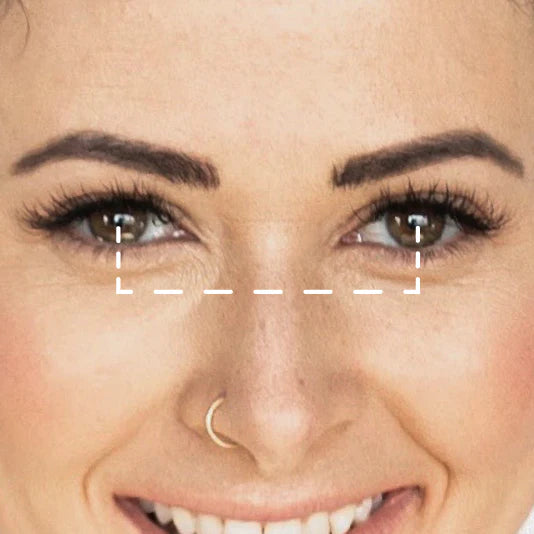Do you know how much the fashion industry contaminates?
It is said that clothing is the skin that we choose, so you need to know all the damage that its production generates in the environment.

Fashion does bother and especially to the planet, since it is one of the 3 most contaminating industries in the world, and this is well affirmed by the documentary The True Cost that shows how "low cost" fashion ends up generating a higher cost for the environment.
The fashion industry is characterized by promoting consumption through its constant seasonal changes which have driven the "fast fashion", garments that are produced quickly and, as being low cost, are also acquired quickly, which generates a feeling that the clothes are "disposable" and with this comes to another great damage, since the garments that we do not use end up in landfills. According to figures from the documentary, the average American throws away 37Kg of textile waste a year and since most of these wastes are not biodegradable, they can take centuries to decompose, without forgetting that they emit harmful gases into the air.

We currently buy more than 80 billion new garments every year. That's 400% more than the amount we bought two decades ago, according to figures revealed in the documentary.
Another harmful factor of this industry is the way in which the clothes are produced: toxic chemicals are used to dye the fabrics, together with tons of water, which will then stop in our oceans, making them more and more acidic. It is estimated that 20% of the toxins discharged into the water comes from the textile industry.
And if we talk about water, a vital element in our life, that’s becoming increasingly scarce on our planet, the fashion industry needs tons of it to make clothes. For example, according to the Environmental Justice Foundation, it requires 1kg of cotton to create a pair of jeans and between 10,000 to 17,000 liters of water. In fact, much of the world's water consumption is destined for cotton crops (not to mention the pesticides used for this crop). Sometimes it seems more reasonable to stop buying new clothes than to take shorter showers, right?
The clothes production cycle was what Andrew Morgan, director of "The True Cost", wanted to portray in his documentary to discover the social, economic and environmental impact that the fashion industry has, which is also characterized by generating more than $ 2.5 trillion in profits each year, but that subcontracts its employees in different third world countries with unethical salaries and poor working conditions, as evidenced by the collapse of a factory in Bangladesh in 2013, where garments were produced for about 30 western brands and left 1,100 people dead and more than 2,000 injured.
"Today we are making more clothes, consuming more, using more resources and paying less than at any other time. At the same time, there is unsustainable environmental damage and a record of industrial accidents at factories", Morgan summarizes.

It is said that clothing is the skin that we choose, we have also heard that "how they see you, they will treat you" or that we communicate what we are through the clothes that we wear. But have you ever wondered where it comes from? In the United States, for example, only 3% of the clothes are produced there, since the other 97% is subcontracted to countries like Bangladesh, Cambodia, Vietnam and Brazil, with salaries of $ 2 a day.
We invite you to look at the world from a different point of view…
If you want to learn more about the fashion industry, watch the documentary: The True Cost



